Bot, is it art?
Chatbots have been all over the web of late, and more recently all over the news.
'Bots' – software robots that run automated, repetitive, predefined tasks – with good and dubious intent, and varying degrees of intelligence, have spammed and entertained us on the web for some time, fielding customer service queries, faking web traffic or tweeting horse-related wisdom to sell ebooks. More recently though, slightly more intelligent 'chatbots', which respond to questions or commands, have emerged as the 'new apps': experiments in pseudo-AI that order your taxis or pizza, organise your calendar or book your travel, in natural language conversation. Some claim that they're how we'll interact with technology, and create and consume in the near future.
Facebook announced on Tuesday that it's integrating chatbots into its platform, and in so doing may mediate all our worldly bidding. Even the Today programme is talking about them.
It's with impeccable timing, then, that Abandon Normal Devices (AND), a digital arts collective, has joined with Somerset House to present The Art of Bots, a free weekend of performance, workshops and debate celebrating the culture and creativity of bots, and those who build them.
"In some ways it's about bringing this topic to new audience, but at the same it's a bit of R&D and experimentation for the artists," says Gabrielle Jenks, AND's director.
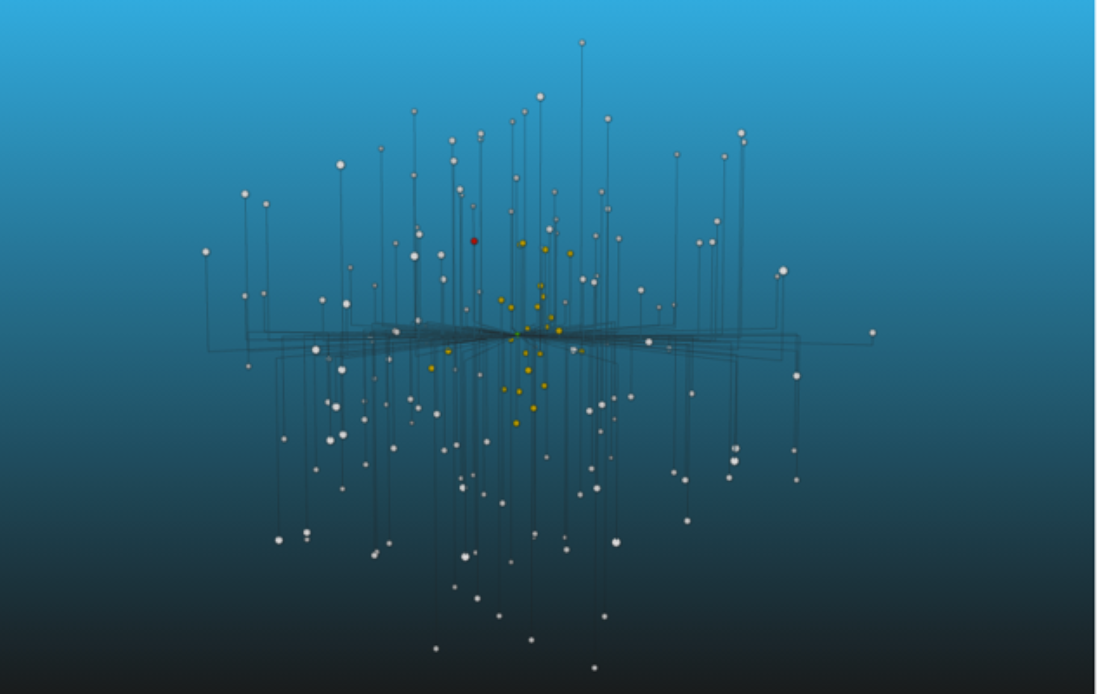
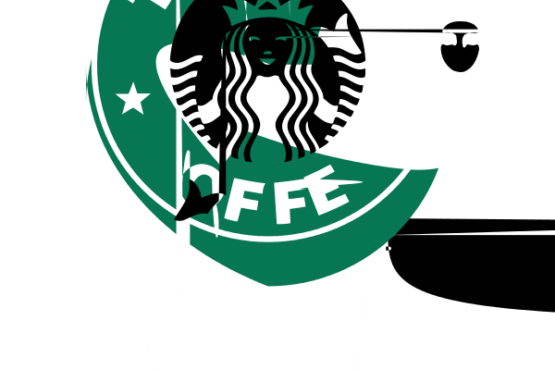
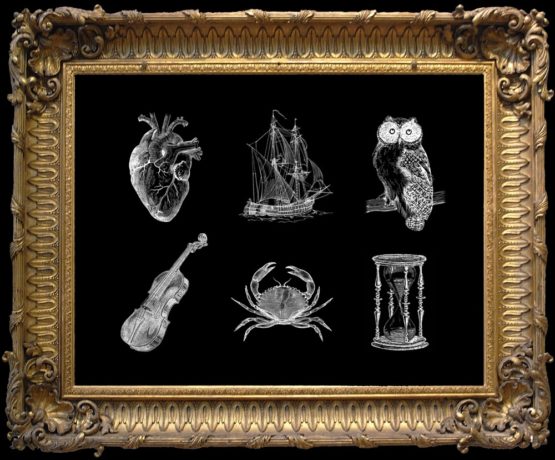
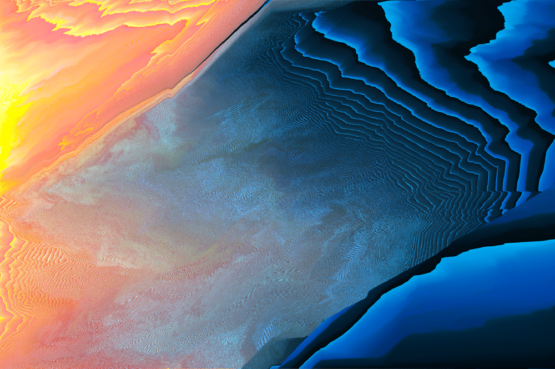
The programme is co-curated by artist and designer Matthew Plummer-Fernandez, known for his work on 3D imaging and for his fascination with bots. It will showcase work from a variety of artists – bringing online bots to life with physical output – and feature an afternoon of discussion on the ethics of bots in surveillance, as well as their political and artistic potential.
Explore
Favourited: Uber, Airbnb and the growing divide between capital and labour Favourited: Electronic music – a blueprint Favourited: Bald Norwegians, French intellectuals and VR flirtingThere'll be online work, too, including new experiments from !Mediengruppe Bitnik, creators of the ill-fated Random Darknet Shopper: the bot that, in 2014, went on a three-month shopping spree on the dark web buying objects at random and picking up firecrackers, fake IDs and a bag of ecstasy tablets, and shipping them to a gallery in Switzerland. (It got arrested by Swiss police.)
Bots of this sort add surprise, accident and often nonsense to what they've initially been programmed to do, by interacting with the world in unexpected ways. At times the result can be charming or poetic; at others disturbing. Last month, Microsoft's attempt to build a Twitter chatbot to engage with millennials backfired spectacularly hours after its launch, as its tweets rapidly descended into racist hate speech and support for Donald Trump.
The element of randomness and the unexpected is something the event's curators hope to focus on, says Jenks, drawing historical analogies to the art movements Dadaism and Fluxus. "As semi-autonomous beings, partially their behaviour is characteristic of the programmer; but it's also characteristic of the machine."
Are Twitter bots "the most important development in contemporary poetry"? At what point do they lead a life of their own, and who's responsible for their actions? Should conversational commerce be welcomed or feared? Will they revolutionise how we consume, create and think? "The Art of Bots is a topical enquiry into a new form of art-making," says Jenks.
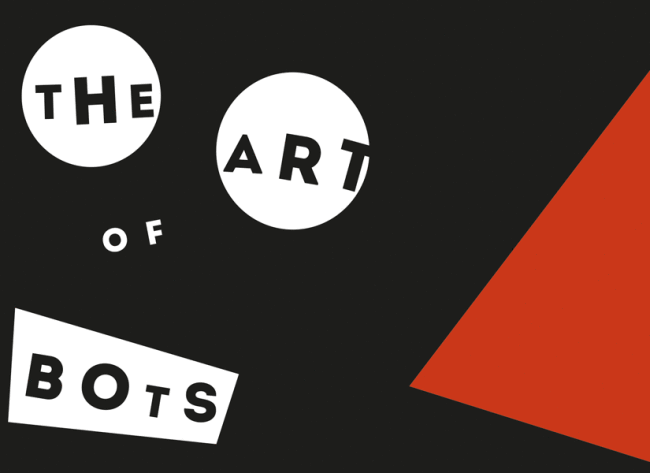
The Art of Bots will take place in the River Rooms in the New Wing of Somerset House in London on Friday 15 April (12–8pm) and Saturday 16 April (10am–6pm). Entry is free. Read more about the event on the AND website.